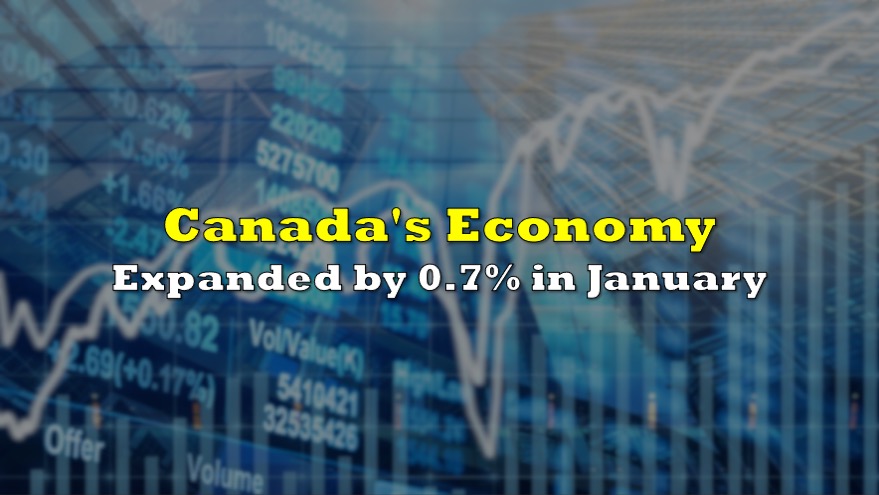Business sentiment across Canada was on a rebound trajectory at the end of 2020, as a number of key sectors began to show signs of improvement amid what has been a drawn-out economic recovery.
According to a Bank of Canada quarterly survey of executives, business conditions across the country showed a significant improvement, following what has been a strong rebound towards pre-pandemic activity across several sectors of the economy. The composite gauge of sentiment increased from -2.2 in the third quarter to 1.29 in the fourth quarter 2020, reaching the highest level in two years.

The rise in confidence represents business executives reporting improved sales outlooks, stronger hiring plans, and increased investment. Concurrently, though, the recovery for many businesses across Canada still remains uneven, with approximately one-third of businesses reporting continuing struggles.
However, the survey was conducted between mid-November and early December, and as such, the results reflect the business sentiment during the period before additional lockdowns were introduced in some regions. Nonetheless, the BoC notes that robust foreign demand, increased business confidence linked to vaccine rollouts, and current government relief programs have caused outlook to improve.
The survey found that an increasing number of businesses plan to expand their operations in the near future. The balance of opinion on infrastructure spending rose by 26% in the fourth quarter. A strengthening in sales pushed those businesses not affected by the pandemic to invest in operation expansion via automation and digitization. Conversely however, those companies that have witnessed a significantly negative impact on sales, including businesses related to the tourism and live entertainment sector, have noted they plan to hold back on additional investment spending.

As the economy showed some signs of improvement at the time of the survey, a rising number of firms reported that they would face difficulty in meeting output levels in the event of a sudden demand increase. Capacity pressures rose to 57%, the highest level since 2007, and were predominantly concentrated among the goods-producing industries. Some of the main concerns surrounding a potential surge in demand were long wait times for inputs, especially those sourced from the US or Asia.

Moreover, the survey also found that many of the capacity constraints facing firms were also the result of rising difficulties in finding labour. A number of businesses reported increased labour shortages, with some noting that pandemic emergency government income-support programs were the cause behind the difficulty in finding workers. Indeed, as demand for certain sectors increased, the firms’ need for labour also rose proportionally, resulting in pockets of labour market shortages that were evident prior to the pandemic.

Information for this briefing was found via the Bank of Canada. The author has no securities or affiliations related to this organization. Not a recommendation to buy or sell. Always do additional research and consult a professional before purchasing a security. The author holds no licenses.









